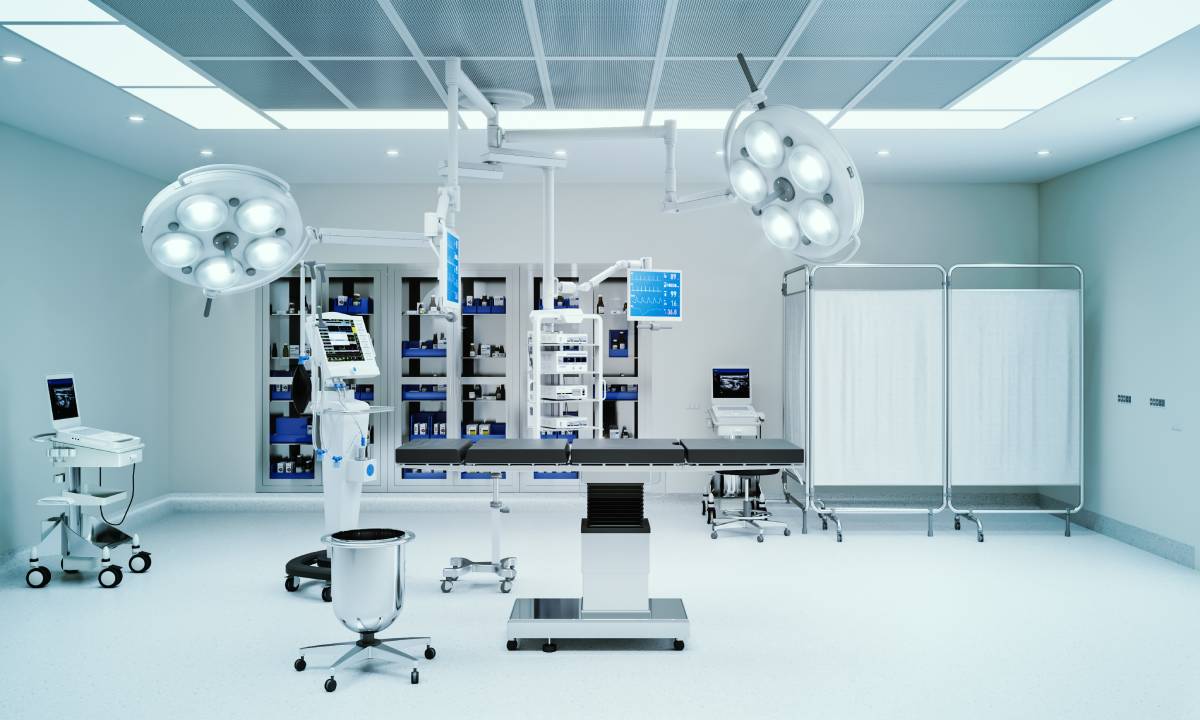Regional blocks, also known as nerve blocks or regional anesthesia, are medical procedures that involve the administration of anesthesia to specific regions of the body. These techniques have gained prominence in various surgical and pain management scenarios due to their ability to provide targeted pain relief. However, regional blocks have both pros and cons.
There are many pros to regional blocks, such as targeted pain relief, reduced systemic effects compared to general anesthesia, lower opioid requirement, and enhanced recovery, which often outweigh the cons. This has led to the growing use of regional blocks and the development of more innovative techniques in anesthesia.
Targeted Pain Relief:
Regional blocks are highly effective at providing precise pain relief to a specific area of the body, making them ideal for surgeries or procedures where localized anesthesia is required. This targeted approach allows patients to remain awake and alert while minimizing discomfort in the treated area.
Reduced Systemic Effects:
Unlike general anesthesia, which affects the entire body and can lead to grogginess and nausea, regional blocks have minimal systemic effects. Patients often experience fewer side effects such as postoperative nausea and vomiting (PONV), making recovery smoother and more comfortable.
Lower Opioid Requirements:
Regional blocks can significantly reduce the need for opioids during and after surgery. This is a crucial advantage, as opioids come with the risk of addiction, respiratory depression, and other side effects.
Enhanced Postoperative Recovery:
Regional blocks contribute to quicker postoperative recovery by allowing patients to mobilize sooner and engage in physical therapy if necessary. This can lead to shorter hospital stays and a faster return to daily activities. Furthermore, immobility after surgery can increase the risk of deep vein thrombosis. Regional blocks encourage early ambulation, reducing the likelihood of blood clots forming in the deep veins of the legs.
There are, however, cons to regional blocks, and they are not appropriate for all surgical or anesthetic situations. These include a limited coverage area, relatively high technical expertise requirements, and a short duration of action for some agents.
Limited Coverage:
One of the primary drawbacks of regional blocks is their limited coverage. They are effective for specific areas but may not be suitable for surgeries involving multiple regions or large sections of the body.
Technical Skill Required:
Administering regional blocks requires a high level of technical skill and precision. Improper placement of the block or damage to nerves can result in complications. Therefore, they should only be performed by experienced anesthesia providers.
Potential Complications:
While regional blocks are generally safe, they do carry some risks. These include nerve injury, bleeding, infection, and allergic reactions to the anesthetic agents used. Patients should be well-informed about these potential complications before consenting to the procedure.
Short Duration:
Regional blocks provide temporary pain relief, and their duration of action can vary. Some blocks may last only a few hours, while others can provide relief for several days. This limitation may necessitate additional pain management strategies for longer-term recovery.
Regional blocks may not be appropriate for all patients. Individuals with certain medical conditions, allergies to anesthesia agents, or contraindications to nerve blocks may need alternative pain management options.
Regional blocks offer distinct advantages in terms of targeted pain relief, reduced systemic effects, and improved postoperative recovery. They have become invaluable tools in modern medicine for a wide range of surgical and pain management applications. However, it is crucial to weigh these benefits against the potential downsides, such as the technical skill required, potential complications, and limited coverage.
Patients should have open and informed discussions with their healthcare providers to determine whether regional blocks are the right choice for their specific medical situation based on the pros and cons. When performed by skilled practitioners and used appropriately, regional blocks can significantly enhance the surgical experience, minimize pain, and promote a faster and more comfortable recovery.

